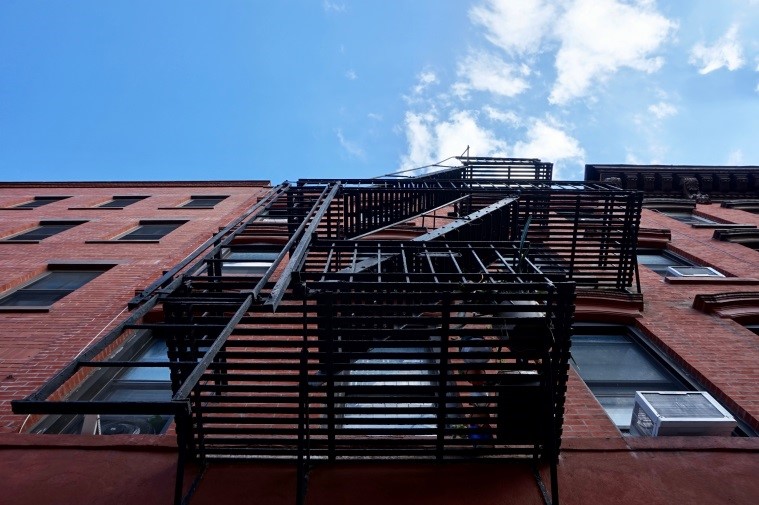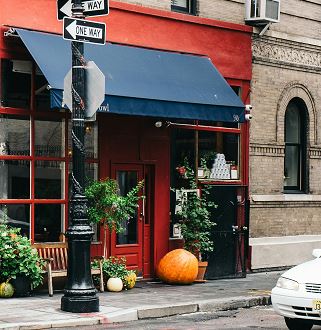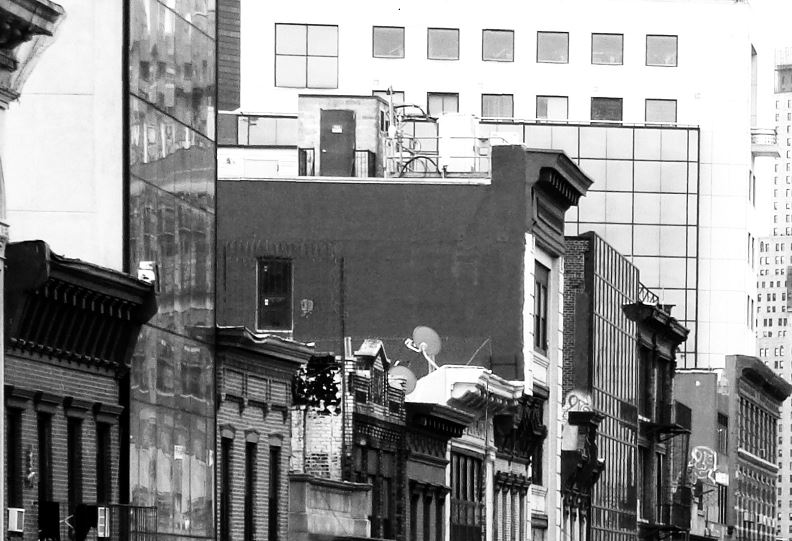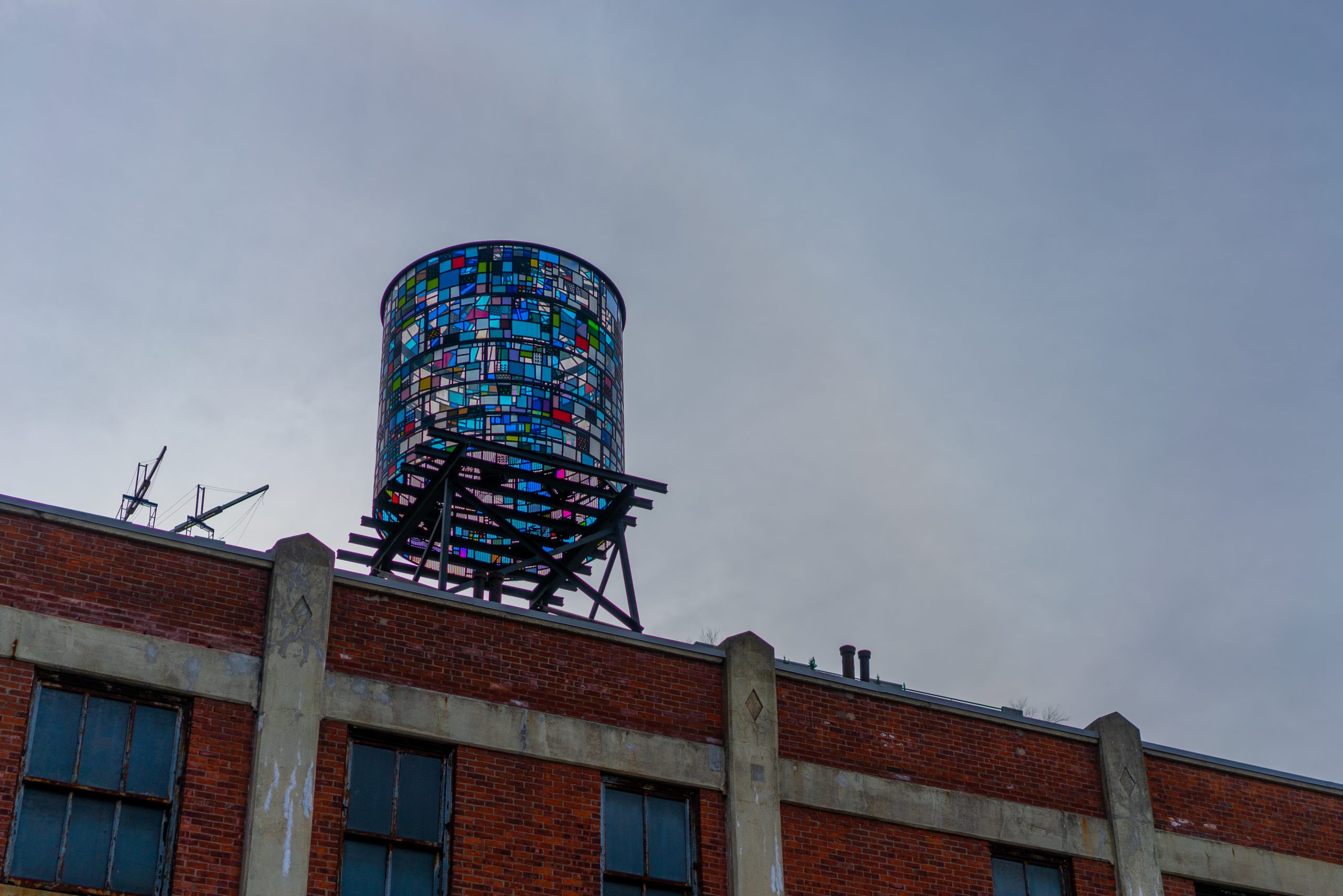When Brokers and Sellers Lie to You About the Substantial Rehabilitation Exception to Rent Stabilization – Rent Stabilization Due Diligence for Multifamily Buildings
August 15, 2024
A big part of my practice includes conducting Rent Stabilization Due Diligences for Multifamily Buildings. If I had one thin dime for every time a prospective purchaser told me that the seller or broker assured the prospective purchaser that a building was exempt from Rent Stabilization based on the Substantial Rehabilitation exception, I would be a rich woman. The problem for prospective purchasers and lenders, however, is that this is so seldom true.
Below I put an excerpt of an actual analysis, so you can see an example of how this works.
Excerpt:
A. Law You Need to Know: Substantial Rehabilitation
The exemption from Rent Stabilization based upon Substantial Rehabilitation is governed by RSC § 2520.11(e). The purpose of the exemption from Rent Stabilization based on the Substantial Rehabilitation of a building is to encourage landlords to renovate substandard buildings and add new residential units to the housing stock. See Matter of Eastern Pork Prods. Co. v DHCR, 187 AD2d 320, 324 [1992]; Wilson v One Ten Duane St. Realty Co., 123 AD2d 198, 201 [1987].
DHCR has jurisdiction, concurrent with the courts, to decide whether a building has been Substantially Rehabilitated. DHCR has issued Fact Sheet #38 “Substantial Rehabilitation”.[1] DHCR has also issued Operational Bulletin (“OB”) 95-2 “Substantial Rehabilitation”,[2] which gives more guidance. Below I lay out the steps a landlord, such as Owner in our case, needs to go through to prove that a building was Substantially Rehabilitated. Remember, in a Substantial Rehabilitation exception to Rent Stabilization analysis it is the landlord’s burden to prove that all the following happened.
If a building is not purely commercial, then step one in the Substantial Rehabilitation process is proving that the Building was in “substandard or seriously deteriorated condition” before the work began and that the Building was 80% vacant, such vacancy not being secured by arson or harassment. OB 95-2, §§ I (B) and (C). Many owners never get past step one when their Substantial Rehabilitations are tested. See 867-871 Knickerbocker, LLC v Poli, 65 Misc.3d 15 [App Term 1st 2019] (Although landlord produced extensive proof of construction work that was done, it failed to show that the building had been in substandard condition prior to the work. Landlord produced no records demonstrating the condition of the building prior to the construction and relied solely on conclusory testimony by the building owner.) See Pavia v DHCR, 22 AD3d 393 [1st Dept 2005] (DHCR will NOT presume the building is deteriorated, especially if the building is not 80% vacant.) See 325 Melrose, LLC v Bloemendall, 65 Misc.3d 43 [App Term 1st 2019], which held:
Here, landlord failed to demonstrate as a matter of law that the rehabilitation was commenced in a substandard or seriously deteriorated building. In support of the cross motion, landlord’s sole member stated, ‘When [landlord] took title, the Building was in a substandard and deteriorated condition. The plumbing, heating, gas supply, electrical wiring, windows, interior staircase and apartments were outdated and in very poor condition. The flooring, walls, roof and Building entrance doors were in need of repairs or replacements. The apartment entrance doors were not fire-rated. There was no intercom.’ These allegations were conclusory and lacked the detail necessary to establish that the building was in a substandard or seriously deteriorated condition. An architect’s affidavit annexed to landlord’s motion, which is referred to in the concurring opinion, was prepared after an inspection of the building in 2017 and without personal knowledge as to the state of the building before the renovation. The 50 violations in the violations summary report, also annexed to landlord’s motion and referred to in the concurrence, were from over a 14-year period, included a number of unverified violations, and were for specific apartments or rooms, as opposed to the entire building, and the vast majority were minor issues, such as requiring new plaster or paint in a particular room of an apartment. Further, it is unclear whether the conditions causing said violations were still in existence at the time of the renovation. The alleged emergency renovations were unspecified and unverified by anyone with personal knowledge.”
Emphasis supplied.
The documentation an owner must develop to prove the scope of work for a Substantial Rehabilitation exception to Rent Stabilization is covered in OB 95-2, which, in relevant part, states at III:
The following documentation will be requested from owners in support of a claim of substantial rehabilitation:
Records demonstrating the scope of the work actually performed in the building. These may include[:]
- an itemized description of replacements and installations
- copies of approved building plans
- architect’s or general contractors [sworn] statements
- contracts for work performed
- appropriate government [DOB, HPD, LPC, etc.] approvals
- photographs of conditions before, during, and after the work was performed
- proof of payment by the owner for the rehabilitation work may be required
- [any] records related to the rehabilitation.
[Bullet list format supplied.]
Work supporting a Substantial Rehabilitation must comply with all applicable building codes and requirements. OB 95-2 § I (D).
Furthermore, to achieve the Substantial Rehabilitation exception to Rent Stabilization, owner must replace all common area ceilings, walls, and floors. OB 95-2 § I (A).
Additionally, to achieve the Substantial Rehabilitation exception to Rent Stabilization, owner must replace or make as new all within-apartment ceilings, walls, and floors. OB 95-2 § I (A).
The next step in the Substantial Rehabilitation process is identifying which systems from OB 95-2’s list of seventeen possible systems were present before the work began. Once you have that list of systems, you can calculate what number of systems constitutes 75% of the total. That number is the number of systems which owner then must prove, using the methods of documentation discussed above, were 100% replaced. OB 95-2, in relevant part, states at I (A):
At least 75% of the building-wide and apartment systems contained on the following list must each have been completely replaced with new systems…
List of Building-wide and Apartment Systems:
- Plumbing
- Heating
- Gas supply
- Electrical wiring
- Intercoms
- Windows
- Roof
- Elevators
- Incinerators or waste compactors
- Fire escapes
- Interior stairways
- Kitchens
- Bathrooms
- Floors
- Ceilings and wall surfaces
- Pointing or exterior surface repair as needed
- All doors and frames including the replacement of non-fire-rated items with fire-rated ones
[Emphasis supplied]
So let us say, for example, that the Building did not have Elevators or Incinerator-Waste-Compactors before the work began. If that were true, then the Building would not have all of the 17 building-wide systems listed above. Rather, the Building would have 15 building-wide systems. Seventy Five Percent (75%) of 15 is 12. Thus, in this example, you would need to show complete replacement of 12 building-wide systems.
At the end of the construction project, an owner must obtain a new certificate of occupancy to substantiate a Substantial Rehabilitation for purposes of being exempt from Rent Stabilization. OB 95-2 § I (D). St. Pierre, LVT No. 25731 [DHCR Adm. Rev. Docket No. AO410028RT 7/31/14]; Pena v DHCR, 67 Misc3d 1231(A) [Supreme Court, Kings County 2020]; Stoud, LVT No. 28570 [DHCR Docket No. FV210027RT 8/21/2018] (Alteration Type 2 certificate of occupancy held acceptable.)
B. Analysis (and some more law): There is only a Three Percent (3%) chance that this Building was Substantially Rehabilitated, and thus deregulated, after 2009.
There is only a Three Percent (3%) chance that this Building was Substantially Rehabilitated, and thus deregulated, after 2009.
Let us work through the Substantial Rehabilitation criteria checklist I provided you with above:
- I will give you that the Building was substandard in 2009.
- As we discussed extensively above, no job was ever filed for this Building at DOB. Therefore, there is no way to prove that the work supporting a Substantial Rehabilitation complied with all applicable building codes and requirements. OB 95-2 § I (D).
- Because the job was not filed and because I have seen no itemized description of replacements and installations, architect’s or general contractors sworn statements, contracts for work performed, photographs of conditions before, during, and after the work was performed, proof of payment by the Owner for the rehabilitation work, there is simply no way to prove that almost fifteen years ago that Owner replaced ALL common area ceilings, walls, and floors (OB 95-2 § I (A)) and replaced or made as new all within-apartment ceilings, walls, and floors (OB 95-2 § I (A)).
- For the same reasons it is impossible to prove that 75% of the building-wide systems were 100% replaced. OB 95-2.
- Finally, and perhaps most importantly, there was no new certificate of occupancy or certificate of completion obtained. This is a hard-core requirement of Substantial Rehabilitation. OB 95-2 § I (D).
Let us look no farther than the cases. Leya, Inc., LVT No. 26472 [DHCR PAR Docket No. DN410001RO 6/22/15] (No Substantial Rehabilitation architectural plans, no permits at DOB, no new CO, thus no evidence the work performed with applicable building codes. Operational Bulletin 95-2 specifically requires the owner to produce a new CO.)
Lefferts Place, LVT No. 26549 [DHCR PAR Docket No. DR210005RO]. (The construction contract alone cannot prove that the work resulted in at least 75% of the building wide and apartment systems being replaced and that the new building systems comply with all applicable building codes and requirements. This proof must be offered in the form of an affidavit by an architect or engineer.)
Here is an example of where the landlord put in a LOT of detail, and DHCR still wanted more. River Valley Capital, LVT No. 26622 [DHCR Docket No. DR910045RO 9/3/2015]. Look how granular it gets:
On November 27, 2012, the agency asked the petitioner to provide the following: certificate of occupancy before and after the rehabilitation; exact start and end dates of the work; architect’s or general contractor’s affidavit as to which specific building wide and apartment systems were replaced; alteration plans approved by the Department of Buildings; the names of any contractors beside Bridgepointe; an itemized description of all replacements and installations; before, during and after photographs; an explanation as to whether the owner has received a tax abatement for the work; and to clarify the work done in the common areas, specifically the interior stairs, heating systems, fire escapes, roof, elevator, incinerator or waste compactor and the building’s exterior.
[Emphasis supplied.]
Gates Residence LLC, LVT No. 30384 [DHCR Adm. Rev. Docket No. GV210036RO 6/7/19]:
The District Rent Administrator asked landlord to submit a copy of either a new Certificate of Occupancy or Letter of Completion from DOB. Landlord claimed DOB error caused a delay in issuance of either document. The District Rent Administrator correctly found that the rehab work didn’t meet the DHCR’s 75 percent system replacement requirement. Landlord’s architect stated that the heating distribution system, fire escapes, interior stairways, and roof weren’t replaced. DOB records also didn’t show electrical wiring replacement.
Goberdhan, LVT No. 31270 [DHCR Adm. Rev. Docket No. IV410005RO 1/25/21] (Going from SRO’s to regular apartments and getting a new CO is not enough if landlord does not prove replacement of 100% of 75% of the building-wide systems. You have to ring ALL the bells in OB 95-2.)
Zhu Young Corporation, LVT No. 31690 [DHCR Adm. Rev. Docket No. JS210019RO 10/27/21]. (“The Commissioner notes that the photographs submitted lack evidentiary value, as there is no affirmation in the record as to who took the photographs, when they were taken or to substantiate their authenticity. Moreover, the photographs are not a substitute for actual construction records, contractor invoices and proof of payment.”)
There is only a Three Percent (3%) chance that this Building was Substantially Rehabilitated, and thus deregulated, after 2009.
[End of Excerpt]
Respectfully submitted,
[1] https://hcr.ny.gov/system/files/documents/2020/11/fact-sheet-38-06-2019.pdf.
[2] https://hcr.ny.gov/system/files/documents/2018/09/operationalbulletin952substantialrehabilitation.pdf.






